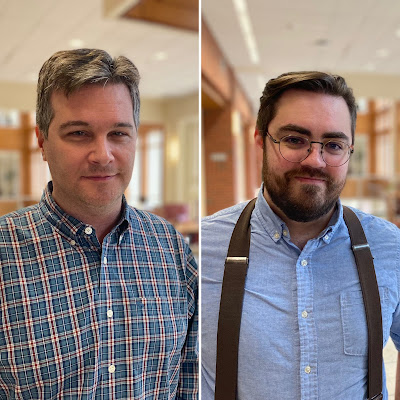OU Team Moves to Reduce Emissions, Improve Efficiencies in Oil & Gas
Their project – Low-Cost Retrofit Kit for Integral Reciprocating Compressors to Reduce Emissions and Enhance Efficiency – is led by Pejman Kazempoor, an assistant professor in the School of Aerospace and Mechanical Engineering in the Gallogly College of Engineering. He says the study’s main scope is to reduce emissions from these oil and gas components.
“We are working on manipulating parts of integral compressors to make them more efficient,” Kazempoor said. “Our primary results have shown that we can reduce the emissions by 70%, and if we can achieve this, we will have a major impact on emission reduction from oil and gas facilities.”
Kazempoor and his team’s discovery led to OU being awarded a total of $1.4 million from the Office of Fossil Energy in the Department of Energy. OU was among 16 institutions receiving almost $25 million total in federal funding from the DOE for the projects. The team is comprised of OU researchers Kumar Parthasarathy, Sridhar Radhakrishnan and Hamidreza Shabgard.
As part of the endeavor, OU has partnered with Mid Continent Rental Company in Oklahoma City and WAGO Corp., in Germantown, Wisconsin, to develop the technology for integral reciprocating compressors. OU researchers now conduct true-scale emissions tests on a slow-speed compressor, donated by Mid Continent, at a natural gas site near the OU campus.
“The unique facility was developed for this project. It allows testing of full-scale components under real operating conditions to facilitate the technology development and commercialization processes,” Kazempoor said.“This is a great experimental facility for students to learn and to have the opportunity to use state-of-the-art equipment that monitors the performance of reciprocating assets,” he said. “We also are helping the oil and gas industry in Oklahoma, because having this natural gas test site allows us to perform research that directly benefits the industry.”
In addition to ensuring the technology is field-ready and minimally disruptive to implement, the researchers are working on a mobile platform to remotely monitor a compressor’s performance.
“We are developing an app that allows operators in the oil and gas industry to watch and record information that will determine the performance and efficiency of components; it also will give the companies the capability to remotely control their assets,” Kazempoor said.
For more information about the Gallogly College of Engineering at the University of Oklahoma, visit ou.edu/coe.
###
Photo Cutlines:
A new natural gas test site at the University of Oklahoma is helping researchers learn how they can reduce emissions in the oil and gas industry.
Pejman Kazempoor, a researcher at the University of Oklahoma, joined the Gallogly College of Engineering in 2019. Prior to OU, he worked for Baker Hughes, a GE company.




